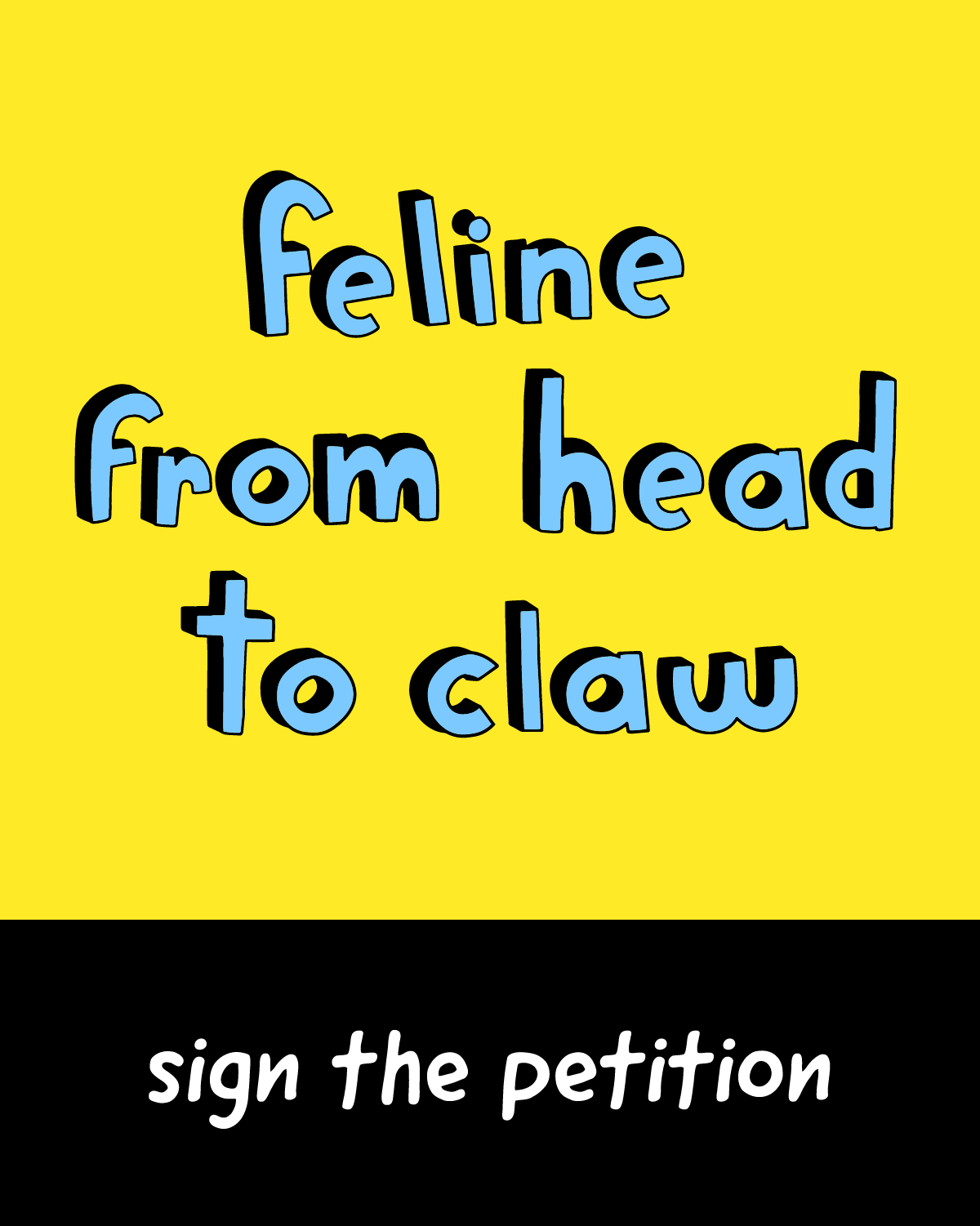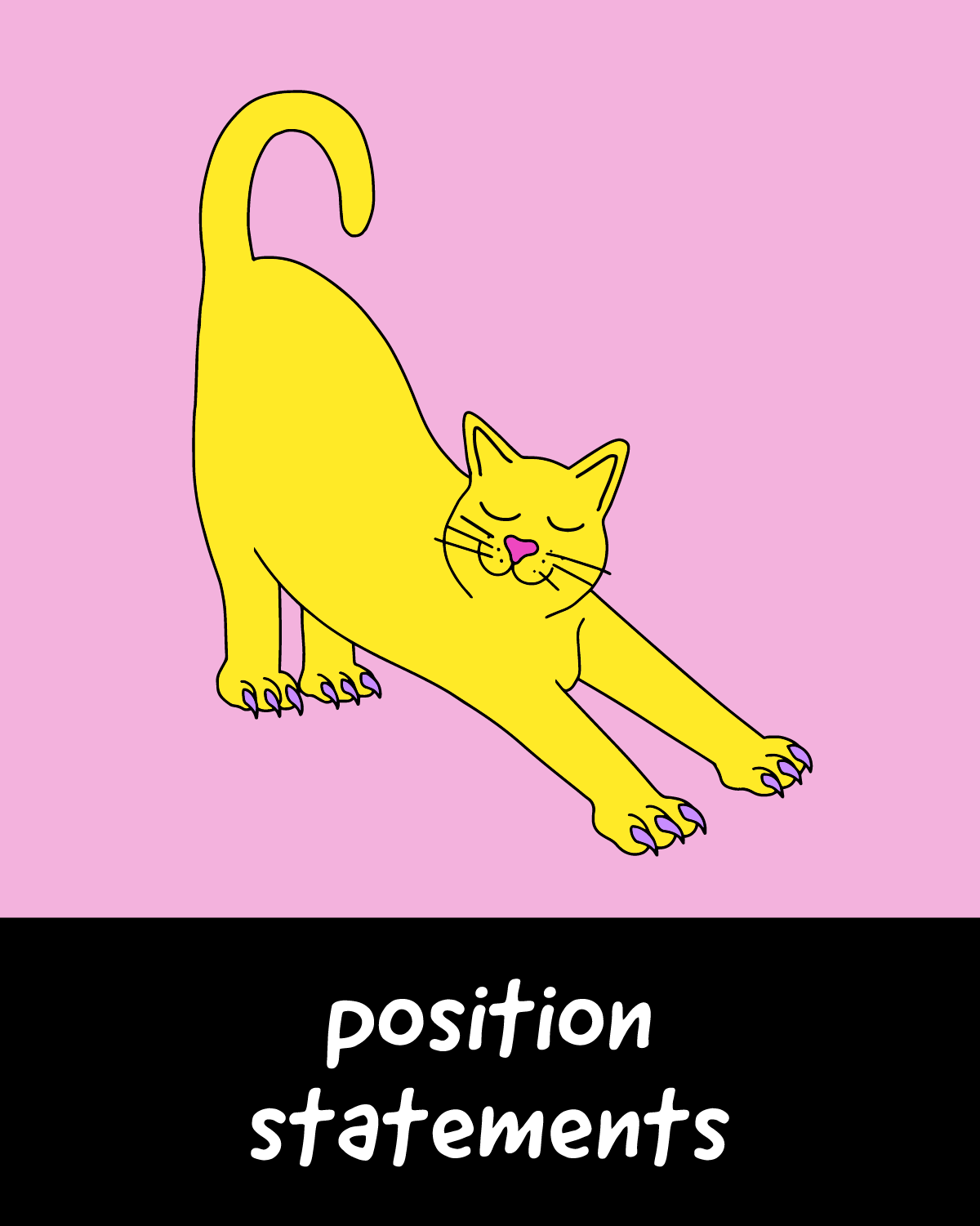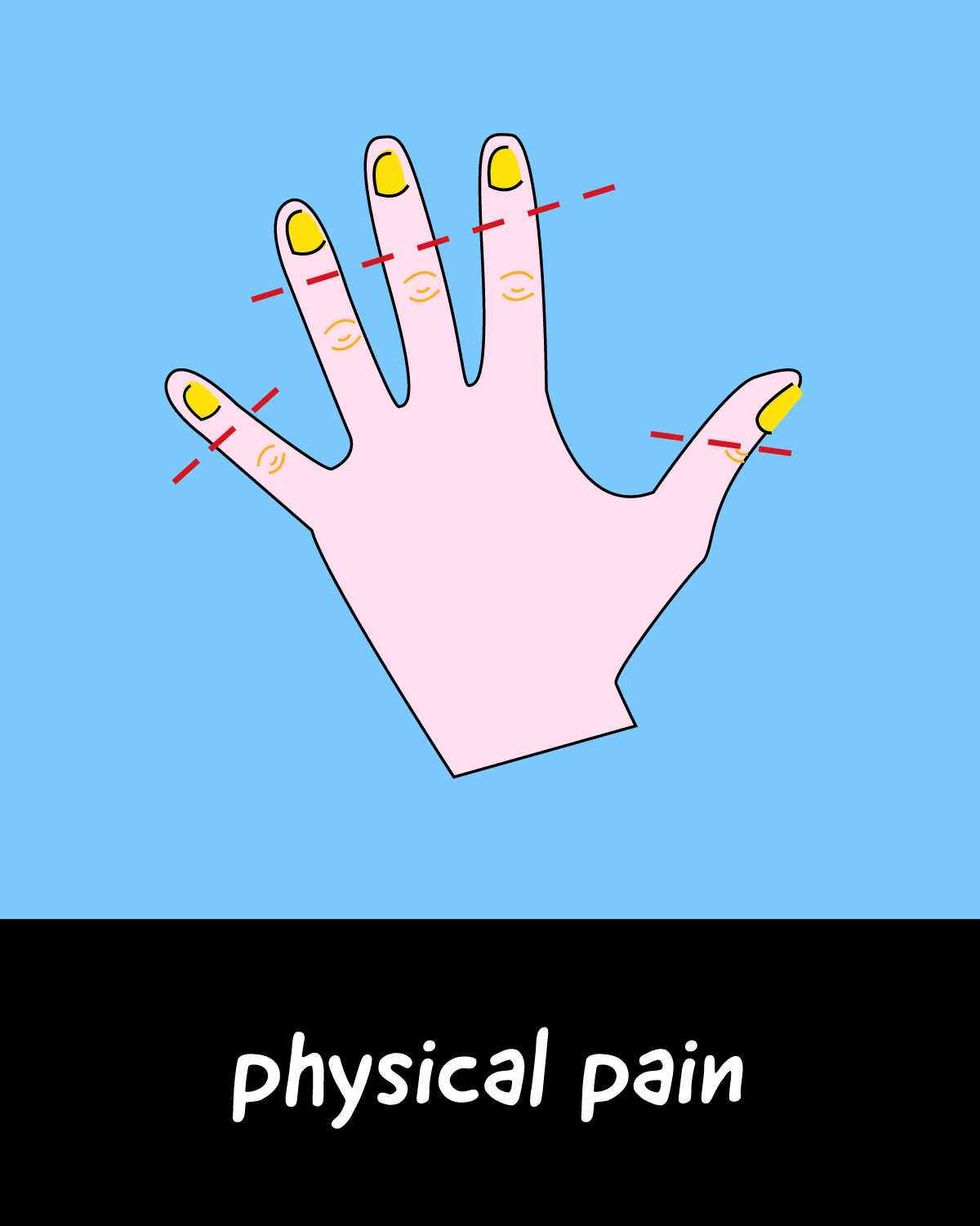1. Use of scratching-post
First, you have to choose a solid and stable scratching post, long enough to allow your cat to stretch out to her full length. The texture of the scratching post (cardboard, rope, wood, carpet, etc.) is also important and must be interesting to your cat. Place the scratching post in an accessible area, near to where your cat usually likes to sharpen her claws (door frame, sofa, etc.). Once the perfect scratching post is in place, use positive reinforcement techniques to train your cat to use it. You can sprinkle it with dried catnip, spray it with pheromones, or attach a toy or a piece of string to attract your cat. Make it a habit to praise the cat verbally or, even better, reward her with treats when she uses the scratching post. Until your cat begins to use her scratching post systematically, make the other places your cat likes to sharpen her claws less attractive by covering them with something that has an unpleasant texture (double-sided tape, aluminum foil, bubble wrap, plastic wrap) or by spraying them with a repellent.
Tips from Éduchateur: how to properly use a scratching post
2. Regular nail trimming
One of the simplest ways to limit the damage caused by claws is to get in the habit of trimming them regularly, ideally every two to three weeks. Nail trimming can be done at home, at a veterinary clinic, or even for free at Mondou.
3. Use of nail caps
Another possibility is to use nail caps, which are supple vinyl sheaths designed by veterinarians to be individually placed over each claw using a non-toxic glue. The caps stay on for about 4 to 6 weeks for adult cats and 2 to 3 weeks for kittens. It is important, however, not to let cats with nail caps go outdoors because they will not be able to defend themselves or to climb. Contact your veterinary clinic for more information.
LEARN MORE
Sign the petition to ban declawing in Quebec and find out more about the consequences of declawing on cats’ health, as well as the position different bodies have taken on the subject.








